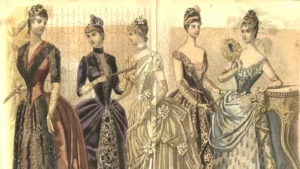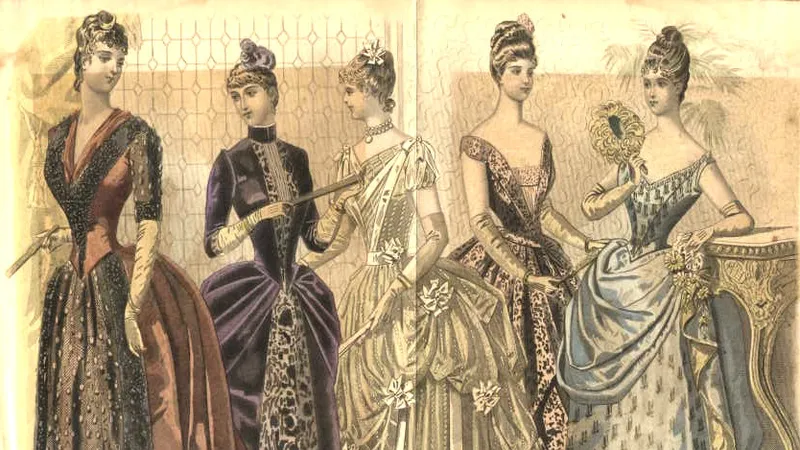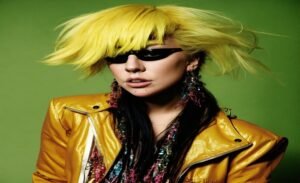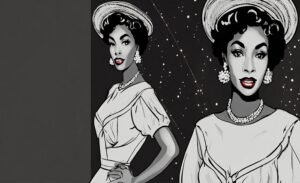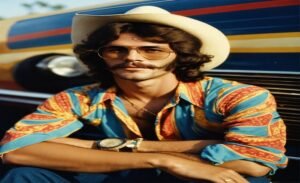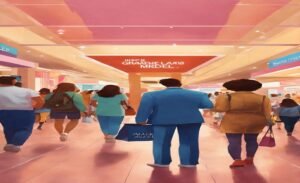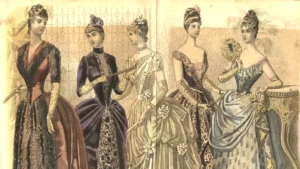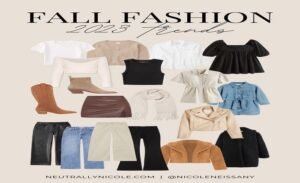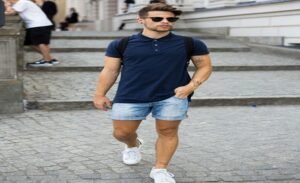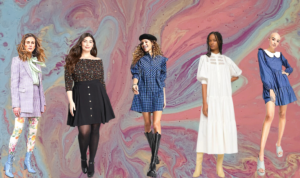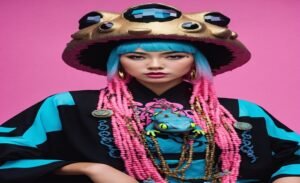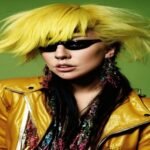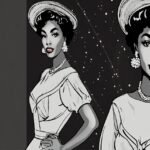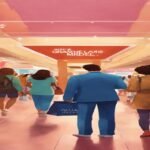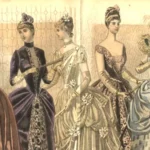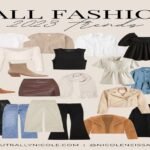Overview of Victorian-Era Fashion
The 1837–1901, reign of Queen Victoria gave rise to Victorian Era Fashion, which saw a great deal of development and changes in British history. This period is well known for its unique style, which has had a long-lasting influence on the fashion industry. We’ll delve into the subtleties of Victorian-era fashion in this blog article, looking at its traits, influences, and legacy.
Victorian Era Fashion Style
Victorian Era Fashion style is distinguished by its rich detailing, complex patterns, and pronounced emphasis on propriety and humility. From the bustle to the crinoline, the era saw a wide range of fashions that each reflected the social and cultural changes of the day. Hairstyles changed significantly during the Victorian era, reflecting the fashion and social mores of the day. Let’s examine a few of the era-specific popular Victorian hairstyles.
1840s Coiffures
enter-Partted Hair with High Bun at Back: Ladies used to part their long hair in the middle, loop it around their ears and sides, and then secure it into a bun at the crown. 2. Hair Flowers: To create a smooth top and lush sides, the head was decked with lace, flowers, and leaf crowns for evening gatherings. Ringlet Curls: A few ladies accessorized their sides with ringlet curls.
Key Elements of Victorian Era Fashion
Fashion for Women
Throughout the Victorian era, women’s clothes saw a significant transformation in terms of silhouette. In the beginning, a full skirt was preferred, held up with layers of petticoats or a crinoline. The bustle, which accentuated the rear, gained popularity toward the end of the era. Rich textiles like silk, velvet, and lace were frequently utilized. Pastel colors gained popularity during the day in later years, but darker hues were still preferred.
Men’s Fashion: Suits and tailoring
The suit was the mainstay of men’s fashion. Fit and fabric quality became paramount in tailoring, which evolved into an art form. Accessory items, such as walking canes, pocket watches, and top hats, were indispensable for the Victorian gentleman.
Style and Community
Victorian style was closely entwined with social mores and class divisions; it was not just about looks. One’s attire was a glaring reflection of their social standing, and proper attire for various events and times of day was dictated by stringent etiquette.
Conclusion
Victorian-era dress reflected the society that was enduring fast change and a conflict between tradition and advancement at the time. Its influence is still evident in contemporary clothing, such as lace accents and shirts with corset-inspired details.
FAQ
What function did the Victorian corset serve in fashion? A small waist and an upright stance were the usual desirable silhouettes, and the corset was employed to sculpt the body into these shapes.
Were there any limitations on the colors that were acceptable? Indeed, the occasion, the time of day, and a person’s marital status were all factors in choosing colors. Bright colors, for instance, were typically associated with youthful, single women.
What was the impact of Queen Victoria’s death on Victorian fashion? Following Queen Victoria’s passing, the Edwardian style—which emphasized softer forms and lighter fabrics—began to dominate fashion.